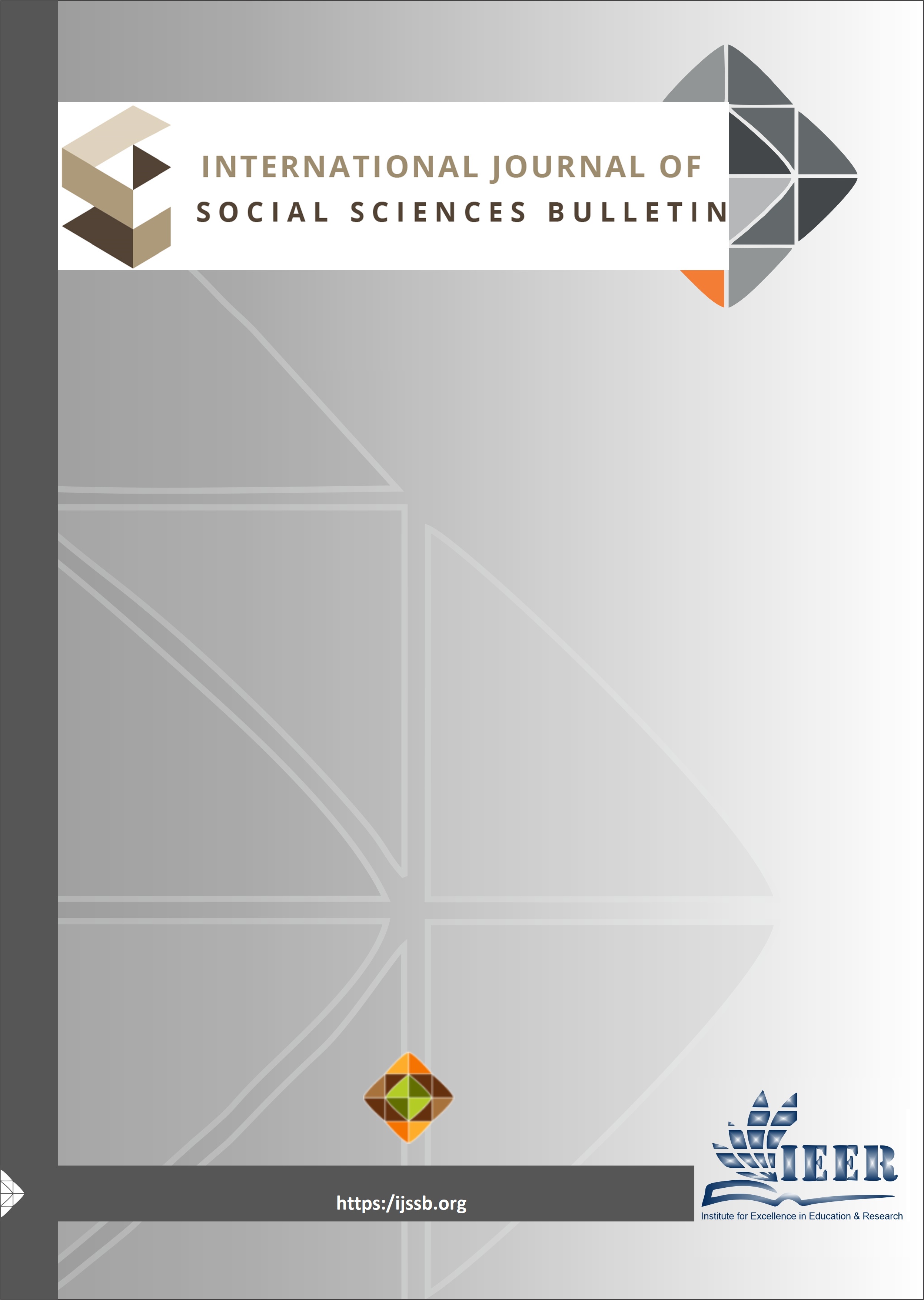ASSOCIATION BETWEEN FACTORS & FINANCIAL STABILITY OF MICROFINANCE BANK IN PAKISTAN
Keywords:
Microfinance, Portfolio, Pakistan, Efficiency, Financial Sustainability & ViabilityAbstract
Introduction: Microfinance quarter in Pakistan is booming with 6 MF banks, 13 MFIs and 5 rural support programs reaching 12 million borrowers in 1480 branches [1]. Microfinance, which pertains to furnishing financial services to low-income users or clients, is a very important tool for poverty alleviation. The study is significant as it responds to a critical need for sustainable microfinance practices in Pakistan, which continues to face high poverty levels, particularly in its rural areas. As macroeconomic policies have tended to benefit higher income groups, microfinance is a viable pathway to economic empowerment for low-income households. The results of this study will help policymakers, practitioners and MFIs in Pakistan to formulate successful models that promote sustainable MF. In addition, insights derived from the fiscal soundness and operational sustainability of MFIs will enable policy makers to develop initiatives that will further enhance the benefaction that microfinance region can make to socio economic enhancement.
Objective: The objective of this study is to evaluate the association between factors & fiscal viability of Microfinance (MF) Bank Pakistan and their potential role in reducing poverty and fostering economic development, particularly in rural and low-income regions.
Materials and Methods: This descriptive cross-sectional study uses secondary data from 2018 to 2023 from financial statements of microfinance banks in Pakistan. For the dependent variable (financial sustainability) against independent variables which are (Size, age, efficiency, outreach, capital, leverage, and credit risk) will be done through quantitative analysis.
Results: The results show that age of the institution, higher efficiency ratio and high leverage ratio significantly contribute to financial sustainability while size, capital and credit risk has very low significant impact.
Conclusion: This study substantiates the previous literature on the significant effects of institutional age, efficiency and leverage on financial sustainability, while the effects of size, capital and credit risk are able to call for further research using larger datasets and longitudinal studies.
Published
Issue
Section
License

This work is licensed under a Creative Commons Attribution-NonCommercial-NoDerivatives 4.0 International License.

















